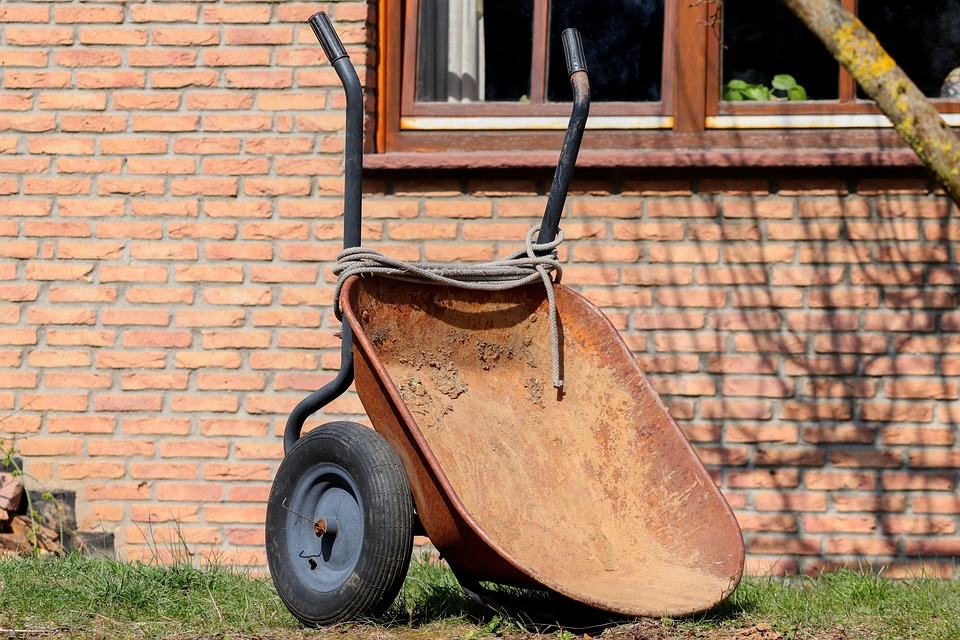The Art of Digging Deep: Spades and Shovels
Digging deep with spades and shovels is a fundamental skill for any gardener, landscaper, or DIY enthusiast. Whether you’re planting a new garden bed, installing a fence post, or digging a trench for drainage, having the right tools and techniques can make the job much easier and more efficient. In this article, we’ll explore the art of digging deep with spades and shovels, covering everything from choosing the right tool for the job to proper digging techniques and maintenance tips.
Choosing the Right Tool
When it comes to digging deep, having the right tool for the job is essential. Spades and shovels come in a variety of shapes and sizes, each designed for specific tasks. Here are a few key factors to consider when choosing the right tool for your project:
Spades
Spades are typically used for digging deep holes, cutting through roots, and moving large amounts of soil. They have a flat, rectangular blade that is ideal for cutting through tough soil and compacted dirt. Spades come in a variety of blade widths and lengths, so be sure to choose one that is appropriate for the size of the holes you need to dig.
Shovels
Shovels are designed for moving loose materials such as soil, sand, gravel, and mulch. They have a curved blade that is perfect for scooping and lifting material. Shovels also come in different blade shapes and sizes, so be sure to choose one that is suited to the type of material you will be moving.
Digging Techniques
Once you’ve chosen the right tool for the job, it’s important to use proper digging techniques to ensure a successful outcome. Here are a few tips to help you dig deep effectively:
Positioning
Stand with your feet shoulder-width apart and your knees slightly bent to provide stability and leverage while digging. Hold the handle of the spade or shovel firmly with both hands, keeping your back straight and using your legs to power the digging motion.
Angle
When digging, angle the blade of the spade or shovel slightly downward to help cut through the soil more easily. Use a rocking motion to push the blade into the ground, then lift and push the material aside as you dig deeper. Avoid using excessive force, as this can lead to injury or damage to the tool.
Depth
When digging deep, it’s important to work in small increments to avoid straining your muscles or damaging the tool. Start by digging a shallow trench or hole, then gradually increase the depth as you remove more material. Take breaks as needed to rest and stretch your muscles to prevent fatigue.
Maintenance Tips
Proper maintenance of your spades and shovels is essential to ensure they remain in good working condition. Here are a few tips to help you keep your tools in top shape:
Cleaning
After each use, clean the blade of your spade or shovel with a brush or hose to remove dirt and debris. Dry the blade thoroughly to prevent rust and corrosion, then apply a thin coat of oil to protect the metal from moisture and oxidation.
Sharpening
Regularly sharpen the blade of your spade or shovel with a file or sharpening stone to maintain its cutting edge. A sharp blade will make digging easier and more efficient, reducing the strain on your muscles and preventing damage to the tool.
Storage
Store your spades and shovels in a dry, well-ventilated area to prevent rust and corrosion. Hang them on hooks or racks to keep them off the ground and out of harm’s way. Avoid storing them in damp or humid conditions, as this can cause damage to the metal and wooden handles.
Conclusion
Digging deep with spades and shovels is a skill that requires practice, patience, and the right tools. By choosing the right tool for the job, using proper digging techniques, and maintaining your tools properly, you can make any digging project easier and more efficient. Whether you’re planting a garden, installing a fence, or digging a trench, having a good spade or shovel by your side can make all the difference. So roll up your sleeves, grab your tools, and start digging deep!


















































